
The New York Philharmonic, officially the Philharmonic-Symphony Society of New York, Inc., globally known as New York Philharmonic Orchestra (NYPO) or New York Philharmonic-Symphony Orchestra, is a symphony orchestra based in New York City. It is one of the leading American orchestras popularly referred to as the "Big Five". The Philharmonic's home is David Geffen Hall, located in New York's Lincoln Center for the Performing Arts.
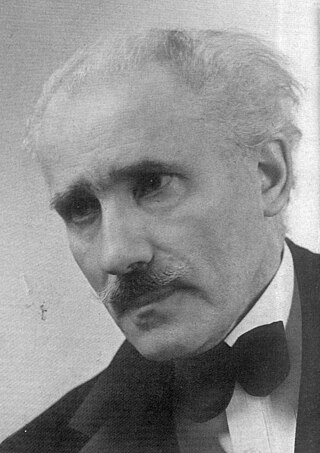
Arturo Toscanini was an Italian conductor. He was one of the most acclaimed and influential musicians of the late 19th and early 20th century, renowned for his intensity, his perfectionism, his ear for orchestral detail and sonority, and his eidetic memory. He was at various times the music director of La Scala in Milan and the New York Philharmonic. Later in his career, he was appointed the first music director of the NBC Symphony Orchestra (1937–1954), and this led to his becoming a household name, especially in the United States, through his radio and television broadcasts and many recordings of the operatic and symphonic repertoire.
Ellen Taaffe Zwilich is an American composer, the first female composer to win the Pulitzer Prize for Music. Her early works are marked by atonal exploration, but by the late 1980s, she had shifted to a postmodernist, neoromantic style. She has been called "one of America's most frequently played and genuinely popular living composers." She was a 1994 inductee into the Florida Artists Hall of Fame. Zwilich has served as the Francis Eppes Distinguished Professor at Florida State University.
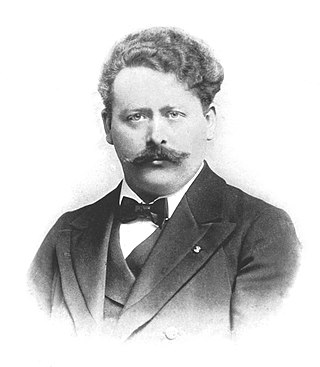
Joseph Wilhelm Mengelberg was a Dutch conductor, famous for his performances of Beethoven, Brahms, Mahler and Strauss with the Concertgebouw Orchestra in Amsterdam. He is widely regarded as one of the greatest symphonic conductors of the 20th century.
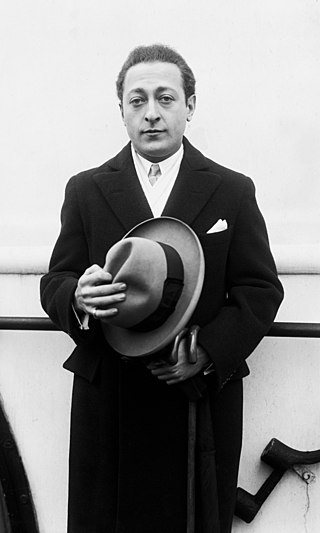
Jascha Heifetz was a Russian-American violinist. He is widely regarded as one of the greatest violinists of all time. Born in Vilnius, he moved to the United States as a teenager, where his Carnegie Hall debut was rapturously received. He was a virtuoso from childhood. Fritz Kreisler, another leading violinist of the twentieth century, said after hearing Heifetz's debut, "We might as well take our fiddles and break them across our knees." He had a long and successful performing career; then, after an injury to his right (bowing) arm, he switched his focus to teaching.

Eugen Jochum was a German conductor, best known for his interpretations of the music of Anton Bruckner, Carl Orff, and Johannes Brahms, among others.
Biddulph Recordings is a record label based in Devon, England specialising in the restoration of historical performances, particularly by string musicians. It was founded in 1989 by violin dealer Peter Biddulph and Eric Wen, a musicologist and historian of string performances. In 2003, Sarah Woodward joined and has since overseen the historical vocal label Romophone. Biddulph Recordings’ honours include the Gramophone 1999 ICRC award for "Historical Recording of the Year".
Mark Kaplan is an American violinist who studied at the Juilliard School under Dorothy DeLay. He is currently a professor at Indiana University's Jacobs School of Music. Before teaching at Indiana, Kaplan taught at UCLA in California.
Alfred Wallenstein was an American cellist and conductor. A successful solo and orchestral cellist in his early life, Wallenstein took up conducting in the 1930s and served as music director of the Los Angeles Philharmonic from 1943 to 1956.
Christian Tetzlaff is a German violinist.
Glenn Dicterow is an American violinist and former concertmaster of the New York Philharmonic Orchestra. He is on the faculty of the University of Southern California's Thornton School of Music where he holds the Jascha Heifetz Chair in violin as well as serving as a faculty artist at the Music Academy of the West.

Willem van Hoogstraten was a Dutch violinist and conductor.
Léon Eugene Barzin was a Belgian-born American conductor and founder of the National Orchestral Association (NOA), the oldest surviving training orchestra in the United States. Barzin was also the founding musical director of the New York City Ballet.
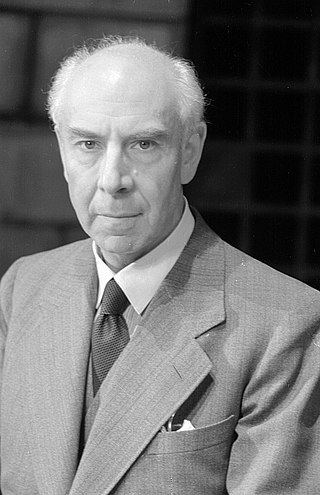
Robert Heger was a German conductor and composer from Strasbourg, Alsace-Lorraine.

George Georgescu was a Romanian conductor. The moving force behind the Bucharest Philharmonic Orchestra for decades beginning shortly after World War I, a protégé of Artur Nikisch and a close associate of George Enescu, he received honors from the French and communist Romanian governments and lived to make recordings in the stereo era.

Guila Bustabo was a prominent American concert and recital violinist.

Samuel Gardner was an American composer and violinist of Russian Jewish origin. He won a Pulitzer prize with a string quartet in 1918. He was a student of Franz Kneisel and Percy Goetschius, and began his career as a concert violinist; among his compositions is a violin concerto. He wrote a number of other chamber works, and a handful of things for orchestra, including Broadway, which was performed by the Boston Symphony in the 1929-30 season.

Arturo Toscanini was an Italian conductor. He was one of the most acclaimed musicians of the late 19th and 20th century. Toscanini was a prolific recording artist, having conducted many recordings from 1920 until his retirement in 1954.
Ania Dorfmann was a Russian-American pianist and teacher, who taught at the Juilliard School in New York for many years and was the first of only a very few women pianists to play or record under Arturo Toscanini.
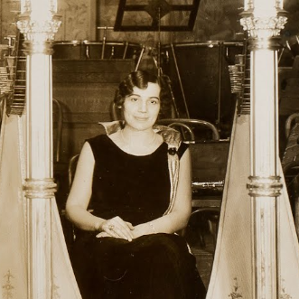
Stephanie Goldner was an Austrian-American harpist and the first female member of the New York Philharmonic. Known professionally as Steffy Goldner, she had a successful career in the concert hall and on radio. She was a member of the New York Philharmonic from 1922 to 1932 and toured the United States and Europe with the orchestra.











